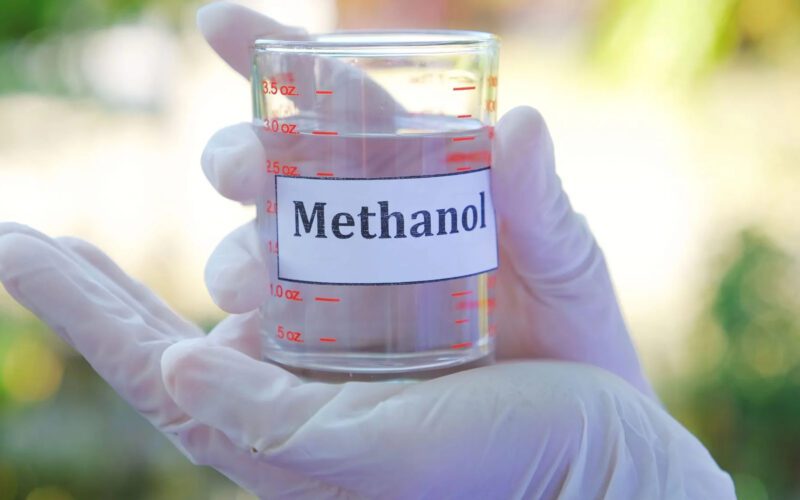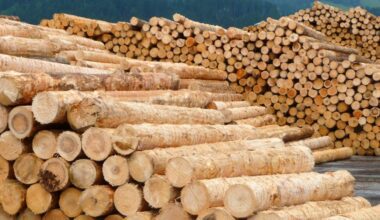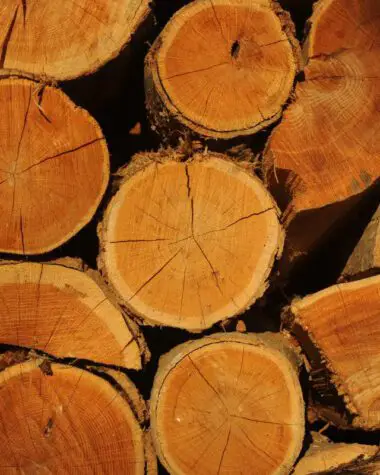Wood processing generates by-products that are useful in many ways. These products might include ingredients for food items, hygiene products, and even medicine. One example of a wood by-product that this article intends to discuss is wood alcohol. It is a fuel source you can use at home and is very easy to make. Nevertheless, wood alcohol is also dangerous if not carefully made. Thus, this guide will show you how.
Wood Alcohol Explained
Knowing wood alcohol by nature is also important. Wood alcohol is methanol and is manufactured from scrap wood and paper clippings. Thus, it is used as a fuel source for a propane or natural gas burner and as an antifreeze.
Wood alcohol is also known as wood spirit, hydroxy ethane, colonial spirit, Columbian spirit, and methanol. Historically, it had been used by Egyptians in the embalming processes. Furthermore, it is one of the essential ingredients for making homemade whiskey.
Meanwhile, the chemical formula of wood alcohol was called “spirit of the box” because the chemist who discovered it in 1661 made it from processing boxwood. In terms of its chemical structure, It has three hydrogen atoms bonded to a single carbon atom (in a cluster known as the methyl group). One oxygen atom and another hydrogen atom seem to tag along.
The Nonlethal Wood Alcohol from Japan
Typically, the term “wood alcohol” refers to methanol, a key component of formaldehyde, moonshine, and racing fuel. Methanol is a highly hazardous substance that is produced by distilling fermented wood.
The blood becomes dangerously acidic once the body metabolizes methanol, which can induce blindness or death from even a tiny amount of methanol consumption. However, according to the experts from Japan’s Forestry and Forest Products Research Institute, their extraction of wood alcohol is safe and potable.
Similar to the initial step in producing paper, they started the process by pulverizing wood into a pulp. But instead of adding bleach to the mixture, paper manufacturers added active yeast to speed up the fermentation process.
After distilling the mixture, which produced eight pints of 30-proof alcohol from roughly nine pounds of cedar, they finished. The research claims it tastes woody, like liquor that has been aged in a cask.
A mixture of water and wood pulp must typically be boiled to perform the wood distillation process. This process results in methanol, a dangerous type of wood alcohol. However, the researchers were able to produce the beverage without utilizing heat, maintaining the flavor and guaranteeing its safety.
Furthermore, the researchers have used cherry, birch, and cedar to make liquor. Within the next few years, they plan to collaborate with a company to sell wood alcohol, using trees from all over Japan to produce hard alcohol with distinctive regional characteristics.
Guide: Making Wood Alcohol
When making wood alcohol, wear protective clothing like masks, gloves, and goggles. Prepare wood alcohol outdoors or in a well-ventilated area. As you ensure your safety, you may proceed to the steps below.
- Place a covered large pot over heat to initiate the distillation process. In this step, you need to use a thermometer to track the temperature of the wood and the water mixture.
- Create a hole in the lid of your pot similar to the diameter of the condenser tube, a metal tube that the alcohol will pass through as it evaporates. Thus, this tube shall be connected to the lid of the pot.
- The other end of the condenser tube should be attached to the lid of an additional pot. This will be your holding container. This container is kept covered all the time to prevent the evaporation of alcohol.
- Place the wood chips in the pot and fill this with water. Heat it until you reach temperatures of 78.3 degrees Celsius. Use your thermometer to keep this at this level. Wood will ultimately break down and release alcohol into the condenser. It will slowly drip down into the holding container. You may distill the finished product again to improve its purity.
Extracting the Conclusion
Wood alcohol is considered to be a by-product of processing wood. One amazing fact about this one is that it was first presented as poison, but people are ingenious to produce a potable version. Furthermore, as time passed, gathering wood alcohol became easier and could even be done in a kitchen. Thus, when creating wood alcohol, always remember to practice safety.








